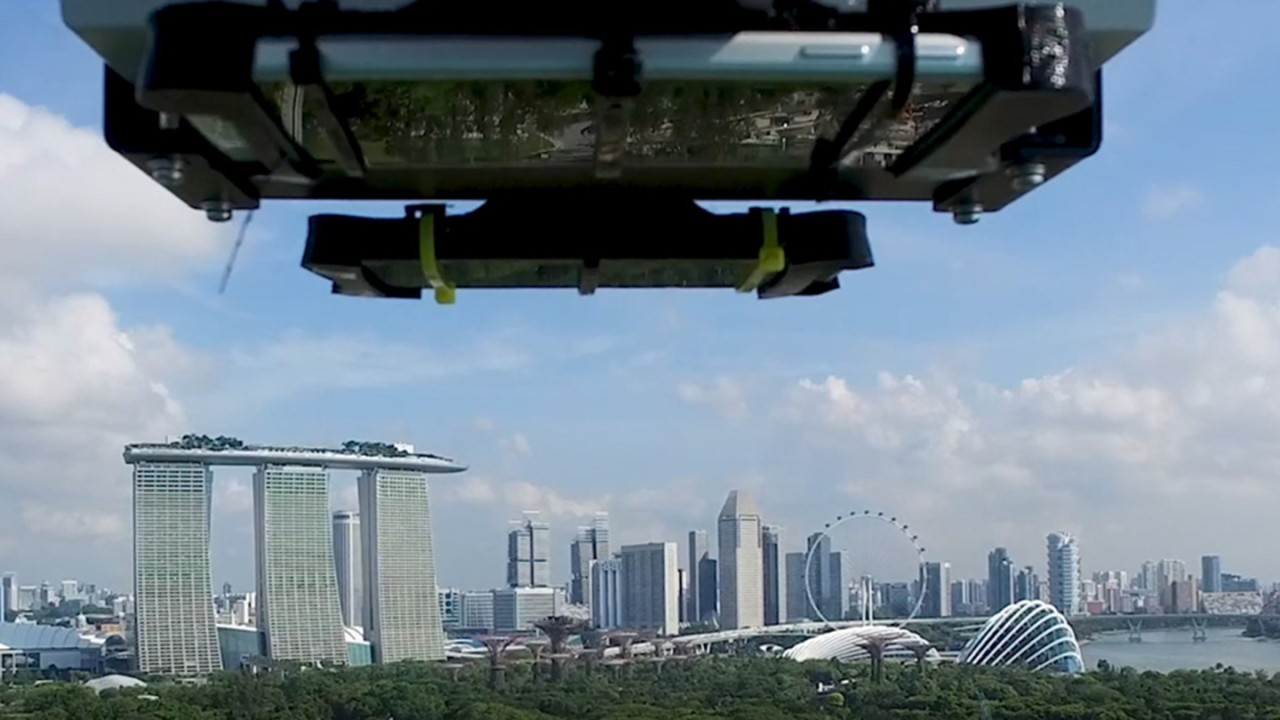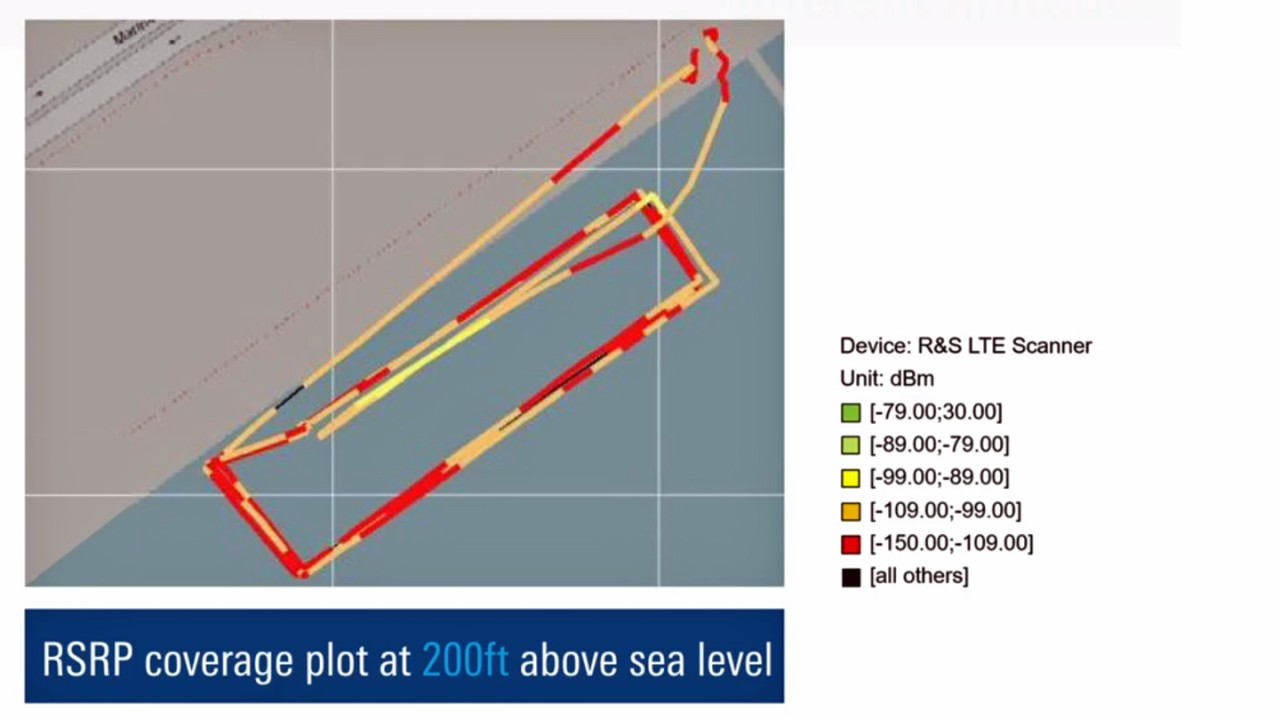In Singapore, the Ministry of Transport is working with multiple government agencies to assess the use of UAVs for commercial applications on land as well as in the southern seaport. Dedicated “drone estates”, such as the “maritime drone estate”, have been designated to offer companies and research institutions different environments to test and develop drone technology for different applications1.
Singapore can very well imagine a future in which UAVs are roaming the skies and executing these newly developed commercial applications. So, how does a country effectively deploy UAVs in densely populated urban environments?
In order to have a coordinated approach and to ensure safety guidelines, Unmanned Traffic Management (UTM) systems are being developed to connect and operate multiple drones simultaneously. UTMs will thus require a reliable, wide-area backhaul communication network. With LTE being a proven and readily available technology2, many UTM companies choose this cellular technology as one of the networks for UTM deployment.
This makes us wonder whether the existing communication networks (i.e., LTE networks) cater sufficiently for these new drone use cases. Most LTE networks are designed for use at street level, so what is LTE network coverage at the flight altitudes of UAVs like? Network latency is another important consideration as every millisecond delay in communicating with the UAVs might cause a mid-air collision between UAVs. And, will there be sufficient data throughput for specific UAV applications such as video surveillance?
Measurement solutions mounted on a drone
Rohde & Schwarz mobile network testing (R&S MNT) is a leading provider of drive test tools, including RF scanners and specialized handsets (smartphones) for testing network quality of service (QoS) and quality of experience (QoE). With their small and compact form factor, the R&S scanners and QualiPoc Android handsets are easily mounted on UAVs that are used for flight tests over designated “drone estates” to test the network quality at flight altitudes.










